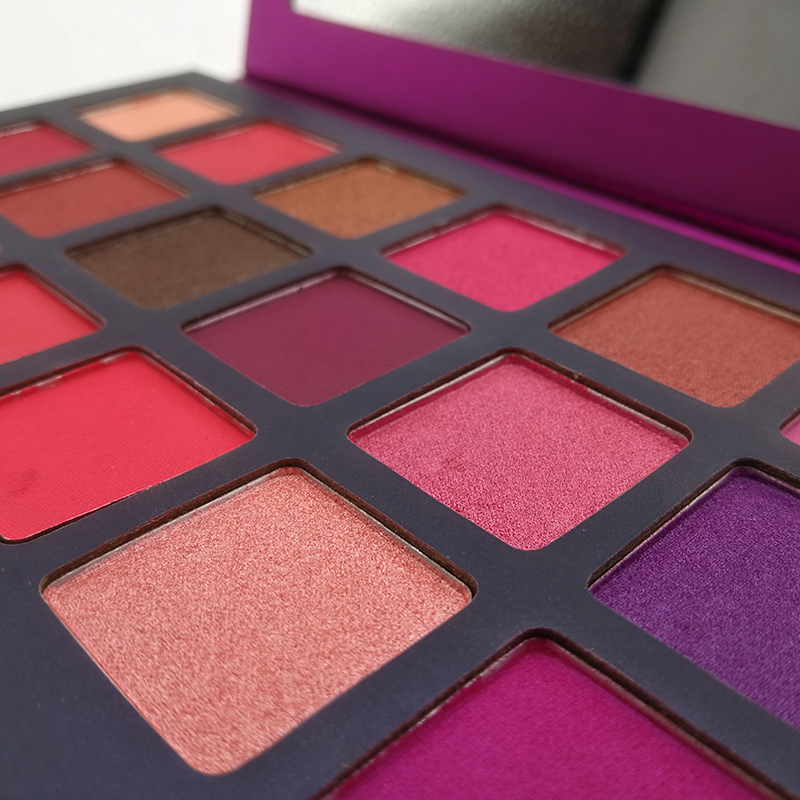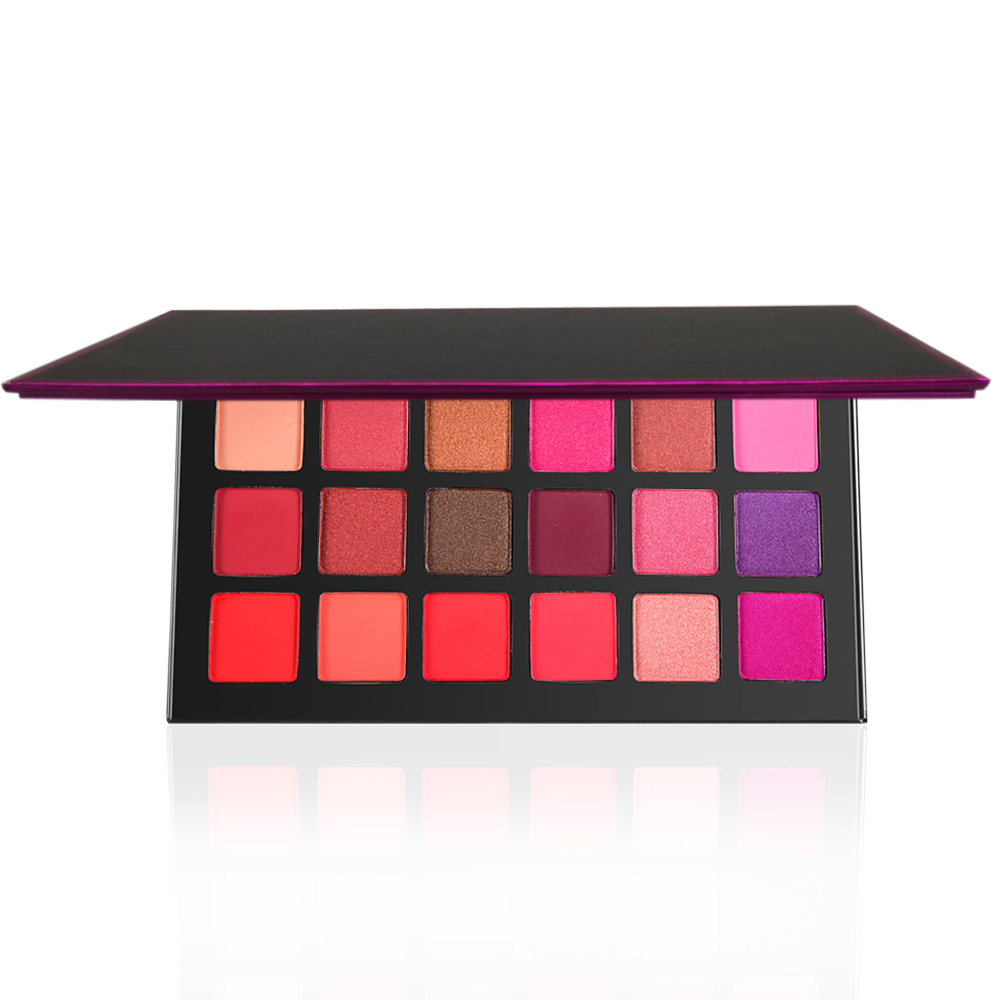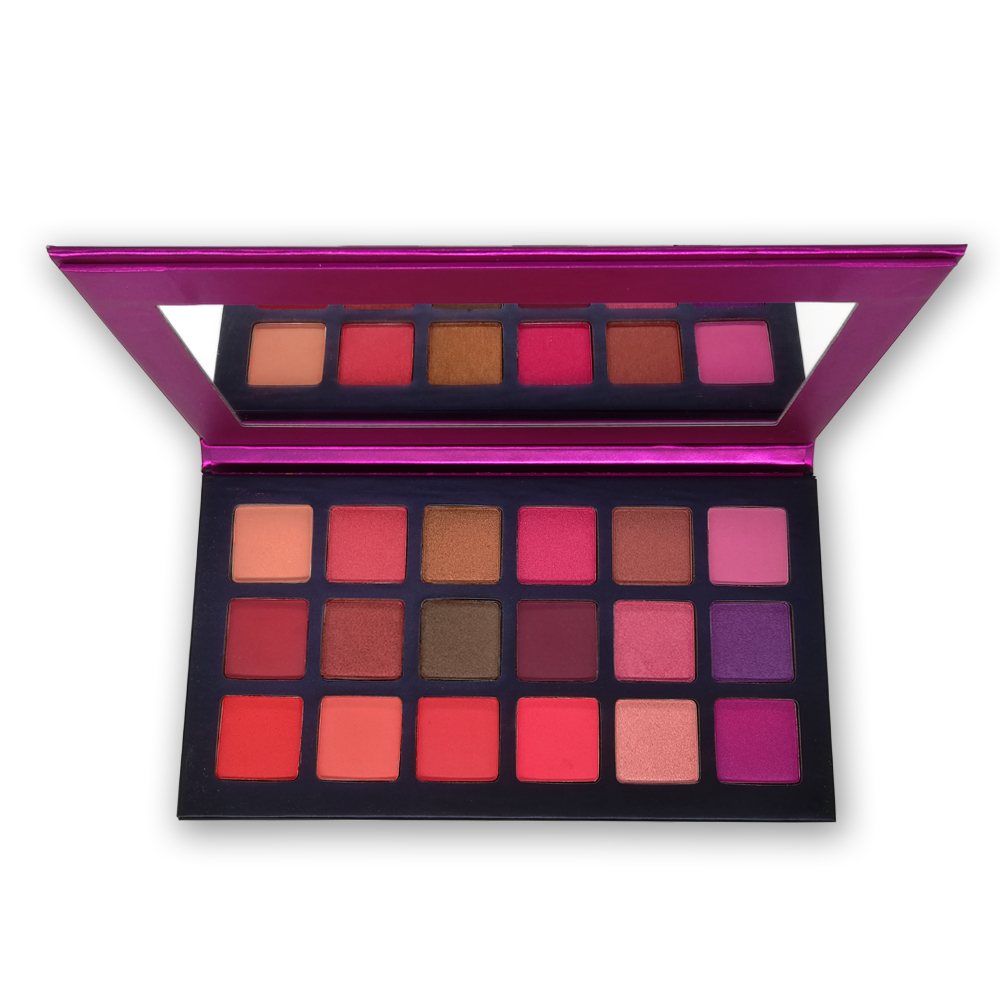What is Hypoallergenic Eyeshadow?
In simple terms, hypoallergenic eyeshadow is kind to the eyes. It’s crafted to reduce allergy risks. Regular eyeshadows often contain allergens. These can trigger reactions in sensitive individuals. Hypoallergenic eyeshadow takes a different approach. It excludes known irritants found in conventional formulas.

Key benefits stand out in hypoallergenic options. They tend to be gentle on the skin. They minimize redness, itching, and swelling. For those with delicate eye areas, these products are a blessing. Users can enjoy a variety of colors and finishes. They do so without the fear of irritation.
When seeking hypoallergenic eyeshadow, read labels carefully. Look for claims of ‘hypoallergenic’ or ‘safe for sensitive skin.’ These products go through more rigorous testing. They seek to exclude common irritants that can cause reactions. Manufacturers often avoid using fragrances, parabens, and certain dyes. The goal is to provide a safer alternative for makeup enthusiasts with sensitivities.
In conclusion, hypoallergenic eyeshadow allows more people to express themselves. They can do so without compromising their comfort and eye health. Whether you have allergies or just prefer a gentler touch, these eyeshadows can enhance your makeup routine. They bring beauty without the worry of allergic reactions.
The Importance of Hypoallergenic Makeup for Sensitive Skin
Sensitive skin needs special care, especially near the delicate eye area. Hypoallergenic makeup, hence, becomes not just a choice but a necessity. Traditional makeup often contains harsh chemicals and fragrances. These can cause serious discomfort to those with sensitive skin. Redness, itching, swelling, and even rashes are common. Such reactions can deter people from enjoying makeup at all.
Hypoallergenic makeup provides a solution. It avoids those harsh irritants that trigger allergies and reactions. For makeup lovers with sensitivity, hypoallergenic options are a safe haven. They allow the joy of experimenting with different looks. And they do this while maintaining skin health.
Furthermore, hypoallergenic eyeshadow is crucial for long-term eye health. Regular eyeshadows can accumulate on the skin. Over time, this may lead to chronic allergic reactions or more serious eye conditions. By choosing hypoallergenic options, users protect their eyes. They make sure beauty routines do not come at the cost of wellbeing.
Lastly, wearing hypoallergenic makeup is not just for those with allergies. It represents a conscious choice for cleaner beauty products. People aware of the impact of harmful ingredients prefer them. They wish to limit exposure to potential allergens. Thus, hypoallergenic eyeshadow appeals to a broad audience seeking gentler makeup alternatives.

Ingredients to Avoid in Eyeshadow for Allergy-Prone Eyes
When choosing hypoallergenic eyeshadow, awareness of harmful ingredients is key. Many eyeshadows contain components that can trigger allergic reactions. Here are ingredients to watch out for:
- Fragrances: Often cause irritation and allergies. Hypoallergenic products usually exclude them.
- Preservatives: Parabens and formaldehyde releasers can lead to skin sensitivities.
- Dyes: Synthetic dyes, especially red ones, may cause allergic reactions.
- Bismuth Oxychloride: This gives a shimmer but can be scratchy and irritate sensitive skin.
- Nickel: Sometimes found in metallic pigments, it’s a common allergen.
- Talc: Can dry out the skin and sometimes contain asbestos-like fibers.
- Lanolin: While natural, it’s a strong allergen for some individuals.
People with allergy-prone eyes should read labels closely. Avoid eyeshadows with these ingredients. Choose ones that clearly state ‘hypoallergenic’ or ‘safe for sensitive skin’. This practice can help prevent discomfort and promote eye health. Remember, your eyes deserve the gentlest touch.
How to Identify Hypoallergenic Eyeshadow Products
Identifying hypoallergenic eyeshadow products involves a bit of detective work. Look closely at labels. They should clearly state ‘hypoallergenic.’ Check for ‘safe for sensitive skin’ as well. This means the product has undergone tests to reduce allergic reactions.
Read the ingredient list. Make sure it’s free from common irritants. These include fragrances, parabens, and certain dyes. Remember the list of ingredients to avoid. Keep it handy while shopping for eyeshadows.
Don’t be shy to ask for help. Sales assistants can guide you to hypoallergenic options. Sometimes, a product display may have a dedicated section for sensitive skin items.
Look for trusted brands that specialize in hypoallergenic makeup. They invest in research to create safer products for sensitive eyes. Also, seek out reviews and testimonials from users with similar skin concerns. Their experiences can offer valuable insights.
Finally, if possible, opt for products with natural ingredients. These are less likely to cause irritation and allergic reactions. Protect your delicate eye area by choosing eyeshadows that promote both beauty and health.
Top Recommended Hypoallergenic Eyeshadow Brands
Navigating through the vast makeup market can be daunting. For sensitive eyes, choose hypoallergenic brands. They ensure safety and quality. Below are top recommended brands offering hypoallergenic eyeshadows.
- Almay: Almay is one of the pioneers in hypoallergenic makeup. They are known for their gentle, safe eyeshadows.
- Clinique: Clinique offers a range of skin-friendly makeup. Their eyeshadows are free from common allergens.
- BareMinerals: This brand emphasizes natural ingredients. BareMinerals eyeshadows are gentle yet vibrant.
- Tarte: Tarte’s makeup is dermatologist-tested. They focus on hypoallergenic and cruelty-free products.
- Neutrogena: Neutrogena is famed for skincare. They also provide eyeshadows suitable for sensitive eyes.
When choosing eyeshadows, look for these brands. They focus on non-irritating ingredients. Simpler, cleaner formulas make for safer options. Trust in these brands to enhance your beauty regimen without harm.

Tips for Applying Eyeshadow to Sensitive Eyes
For those with sensitive eyes, applying eyeshadow requires extra care. Here are some helpful tips to ensure your makeup routine remains safe and enjoyable:
- Choose the Right Tools: Use soft, hypoallergenic brushes. Avoid sponges that can harbor bacteria.
- Test Products First: Apply a small amount on your wrist before using them on your eyes.
- Clean Your Eyelids: Start with clean, dry eyelids to prevent irritation.
- Apply Primer: A hypoallergenic primer can create a barrier and help avoid irritation.
- Gentle Application: Pat the eyeshadow gently onto your lids. Do not rub or drag.
- Avoid the Waterline: Applying eyeshadow too close to the eye can cause irritation.
- Less Is More: Use fewer layers of eyeshadow to minimize potential reactions.
- Fresh Products: Replace eyeshadow regularly to avoid bacteria build-up.
Following these steps will help protect your sensitive eyes while still enjoying the beauty of eyeshadow. Always choose hypoallergenic eyeshadow products to further ensure eye comfort and reduce the risk of allergic reactions.
The Role of Patch Testing Before Using New Eyeshadow
Before applying any new hypoallergenic eyeshadow, a patch test is essential. This simple step can prevent unwanted allergic reactions. It’s an at-home process that checks for sensitivity to makeup ingredients. Here’s how to conduct a patch test effectively:
- Choose a Small Area: Typically, the inside of your wrist or elbow works well. These spots have sensitive skin similar to your eyelids.
- Apply a Tiny Amount: Use a bit of the eyeshadow on the chosen area. Be gentle to avoid skin irritation.
- Wait and Observe: Leave the eyeshadow on your skin for about 24 hours. During this time, watch for any signs of a reaction.
- Check for Redness or Itching: If you notice any redness, swelling, or itching, wash the area immediately. It could mean you’re allergic to the product.
- No Reaction?: If your skin shows no signs of irritation after 24 hours, the eyeshadow is likely safe to use.
Patch testing is a defensive step that safeguards your sensitive eyes. It should be a part of your routine, especially if you’re prone to allergies. By taking this precaution, you can use hypoallergenic eyeshadow with confidence. Remember, it’s better to be safe than sorry when it comes to protecting your eyes.
Alternatives to Traditional Eyeshadow for Sensitive Eyes
For individuals with sensitive eyes, traditional eyeshadow can be a source of discomfort. But fret not; there are commendable alternatives to explore. Here are options that soothe while they beautify:
- Mineral-Based Eyeshadows: These consist of ground-up minerals. They’re often free from common irritants. The fine particles are less likely to settle into delicate skin folds.
- Eyeshadow Creams: Creams may have fewer additives than powders. Their smoother application can help reduce friction and irritation on the eyelids.
- Organic Eyeshadows: Organic options prioritize natural ingredients over synthetic. This can be gentler on sensitive eye areas.
- DIY Eyeshadow: Homemade eyeshadow lets you control the ingredients. You can use natural pigments and bases suited to your skin’s needs.
- Eyeshadow Pencils: Pencils can offer precision without the mess. They make it easier to avoid direct contact with the eye.
- Tinted Moisturizers: For a subtle wash of color, a tinted moisturizer might suffice. It’s a lighter alternative to full eyeshadow.
Switching to these alternatives can guard against reactions. Always do a patch test first. Make sure the product is comfortable for your unique skin. Keep in mind that beauty should never come at the expense of health. Choosing the right hypoallergenic eyeshadow can help you achieve both.